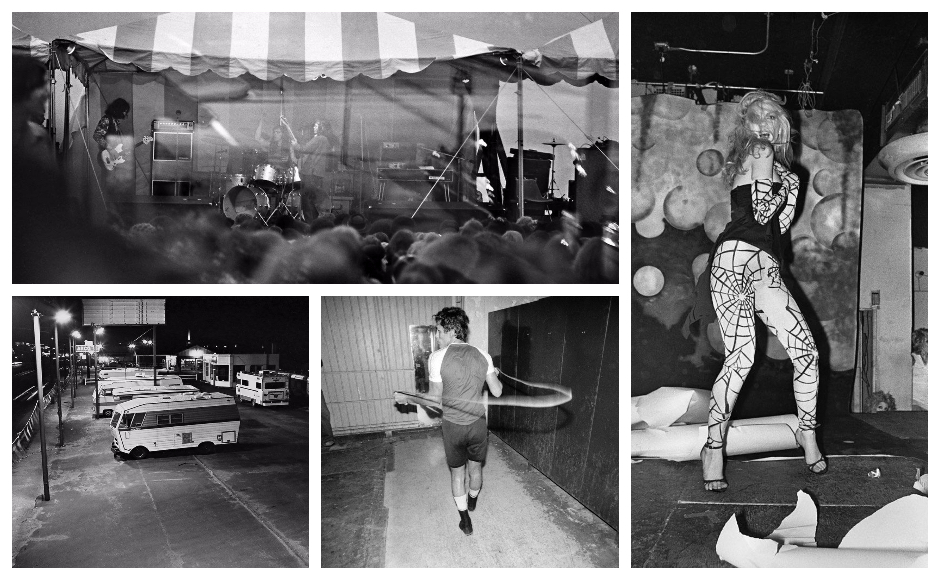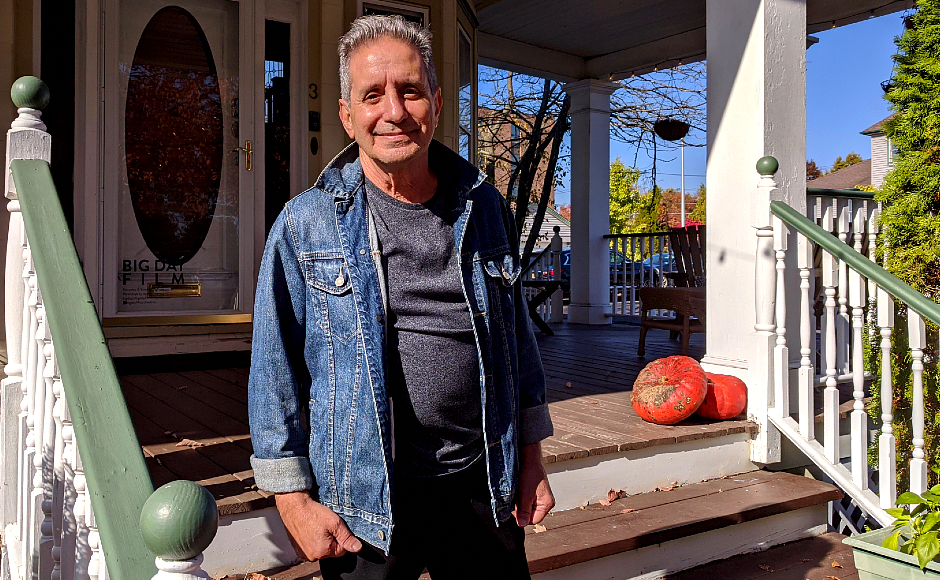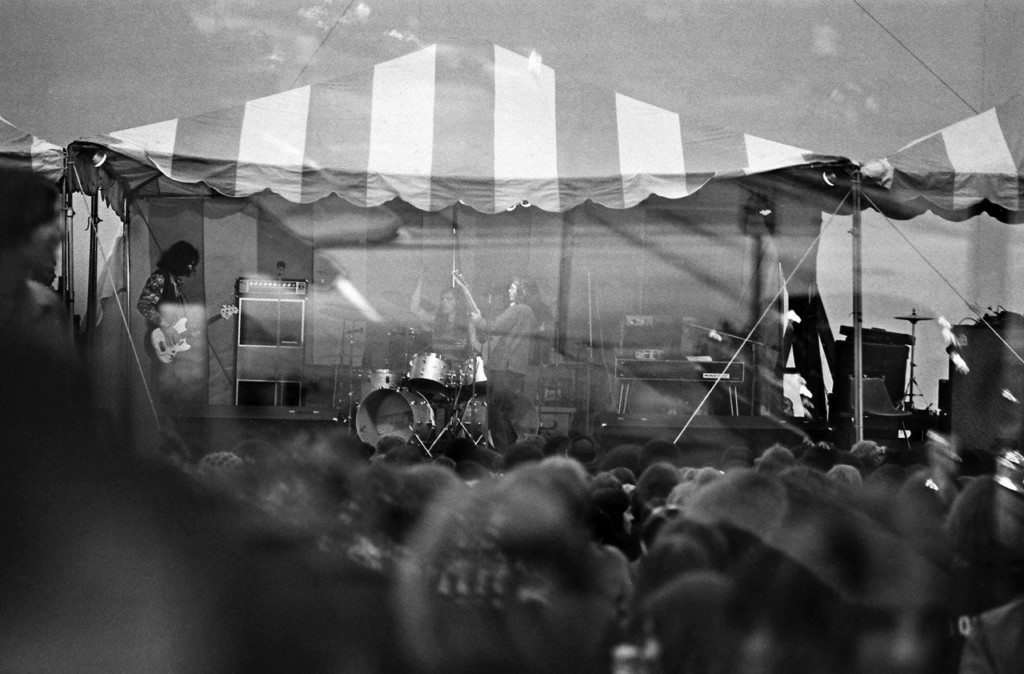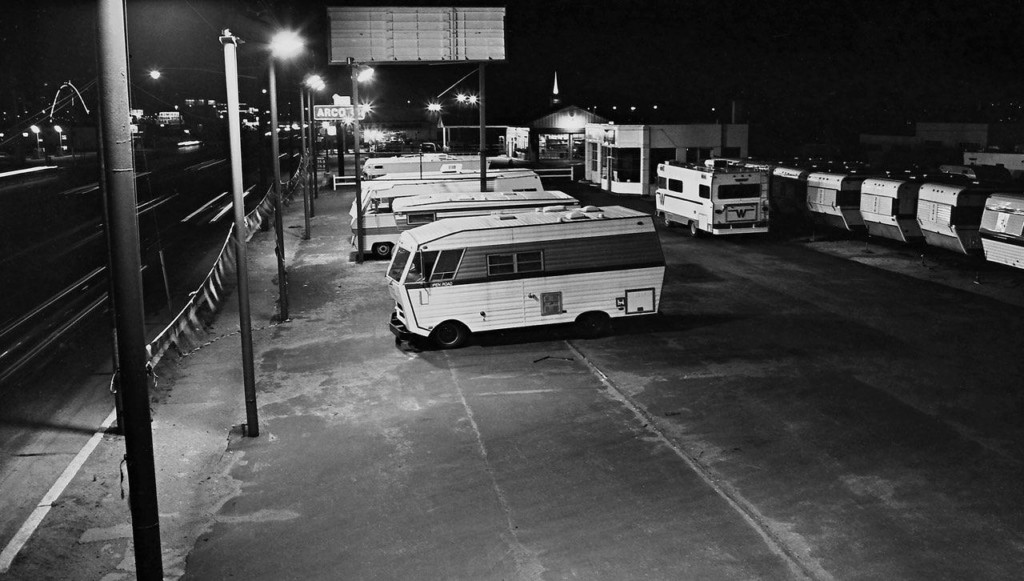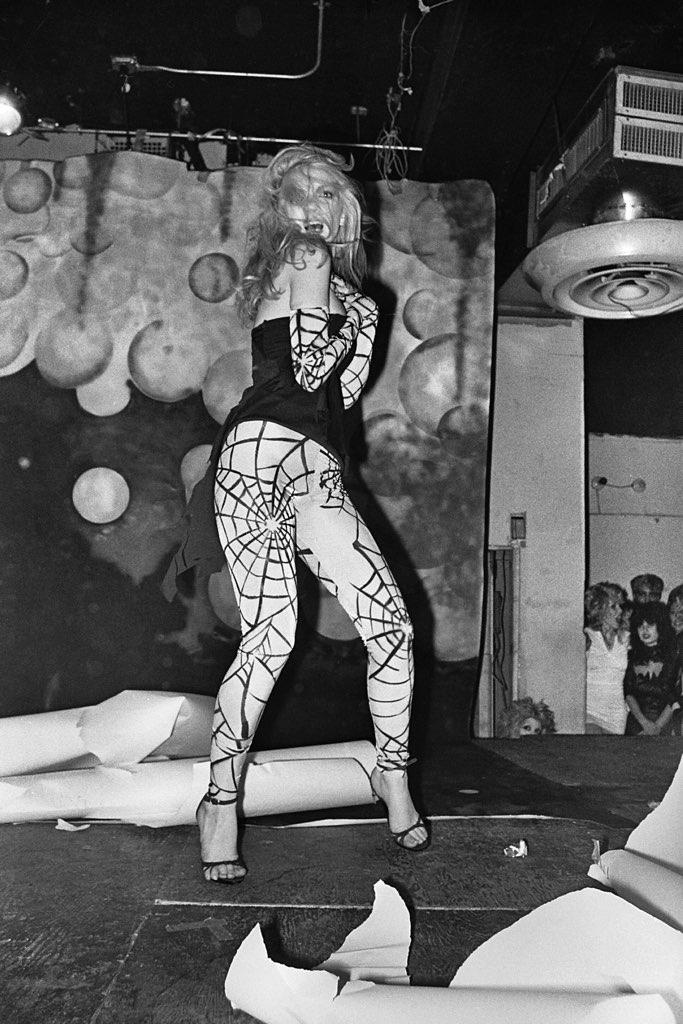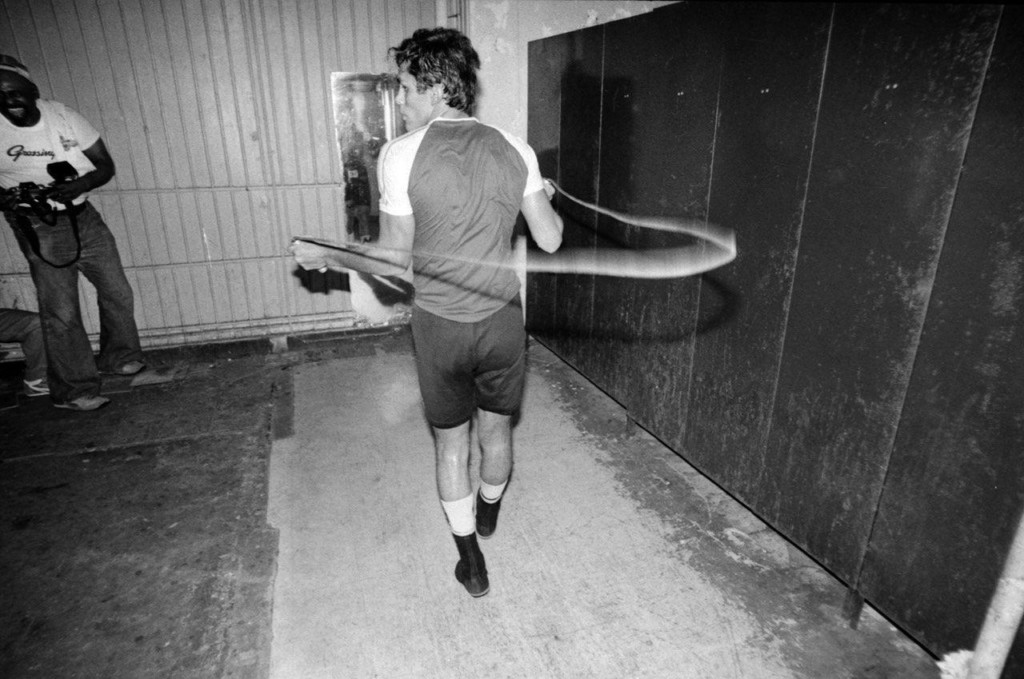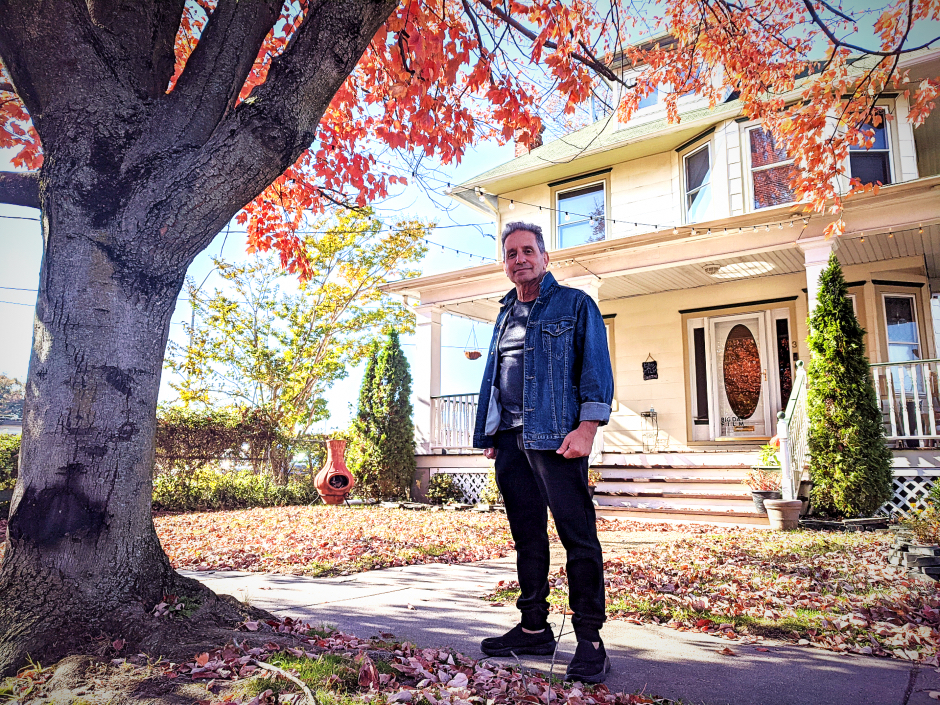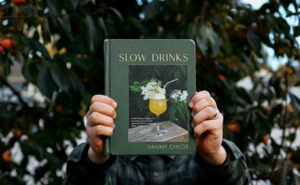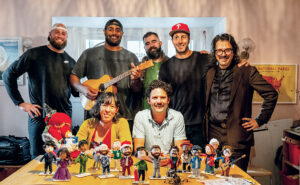For 50 years, Joe Clementi has captured candid moments with celebrities and anonymous pedestrians alike. Big Day Film Collective displays work from his time in New York at an exhibit that opens Saturday.
By Matt Skoufalos | November 13, 2021
The son of an Air Force officer, Joe Clementi‘s childhood was scattered across the United States, from Florida to Massachusetts, Texas, and New Mexico, before he landed in Marlton, New Jersey for high school.
In moving with each new military assignment, the family drove from destination to destination, and young Joe was small enough to lay across the back deck of their car, watching the landscape unfold around him as they went.
Even then, Clementi was unconsciously honing an eye and an impulse to understand the everyday world around him with the fresh perspective of a traveler.
“I spend my time looking at things the way people only look at things when they’re on vacation,” he said.
“You want to be able to see things that are going on in your own neighborhood, and I don’t think people spend enough time doing that. I’ll take the camera and I’ll just walk,” Clementi said. “And it’s always been that way.”
Clementi got his first camera and his first paid work as a photographer as a teenager in 1970. The band Redbone was performing at the Echelon Mall in Voorhees, and Clementi headed out to the show to take some pictures. Don Wright, who headed up the Philadelphia office of Epic Records, saw Clementi shooting, and offered to buy some of his photographs.
“It was a gig nobody would get today because everybody has cameras,” Clementi recalled. “When I dropped off the contact sheet, they ended up buying them all.”
Wright liked Clementi’s work so much that he gave him another assignment on the spot: photographing Bill Graham, who was in Philadelphia working on Fillmore, the documentary about his legacy as an iconic concert promoter.
Graham had a reputation as being “a tough, hard-nosed guy,” Clementi said, but to a youngster who got to spend a day-and-a-half lunching with him and riding in limousines, “he was great.
“I think he had an inkling that I was new at this,” Clementi said.
Suddenly, a kid who had been pulling in $1.60 an hour at The Camera Hut in the Moorestown Mall was rubbing elbows with the people behind the cultural moments of the day. He started traveling regularly to New York City, shooting candid street photography, and hustling up contract assignments.
‘We were not trust-fund kids’
Finally, in 1974, Clementi and a few friends rented an apartment on 66th Street and First Avenue on the Upper East Side, and that’s where things started to fall into place.
“We were not trust-fund kids,” Clementi said, “so to be there, I had to work, as did most of my friends who were photographers.
“I’m splitting my time between work, creating images for work, and shooting on the street,” he said.
New York City of the 1970s was a vastly different place than it is today. On the verge of bankruptcy, its government cut services and laid off workers amid a climbing unemployment rate. The decade brought a city-wide blackout, and looting with it; mountains of uncollected garbage festered during a sanitation workers’ strike; crime took years to tamp down.
“It was a very tough, rough place to be for a lot of people,” Clementi said. “I myself loved it. There was so much to see, so much to do. The energy and the people were so condensed in such a small area.
“A lot of my travel as a kid was very homogenized,” he said. “The beauty of New York, and even the neighborhood I lived in, was so many people of so many stripes; so many nationalities, different food. The people I met, it was like the United Nations just in my building.”
Shortly after moving to the city, Clementi caught on with a company called Metropolitan Photo, located in the Palace Theater, a local landmark, at 47th and Broadway. It was the kind of place where you could step into the elevator and find yourself face to face with Bing Crosby, Lauren Bacall, or Diana Ross—and Clementi did.
“These people were just in that building,” he said. “The very first show we shot was Ella Fitzgerald, Count Basie, and Frank Sinatra. It was just amazing.”
At the same time, Clementi continued to build a portfolio of candid photography that formed the visual document of the city in which he lived. It was a 20-block walk to work, and he carried a camera and two lenses with him everywhere.
Clementi called it “urban hiking”; exploring the city along different routes every day, and taking pictures of the people he found on the street, in the park, at nightclubs.
Any money he didn’t spend on rent and food went to the film he developed in a makeshift darkroom in his apartment.
Clementi also began to refine his style through classes at the International Center of Photography (ICP), founded in 1974 by renowned war photographer Cornell Cappa. Cappa’s ethic, “The Concerned Photographer,” lent its name to a 1968 book and several exhibitions of the same name.
“The courses we took were geared toward the social justice end of photography,” Clementi said. “It was on the level of photojournalism: you were taking an image, and trying to make social change with the photos that you were taking.
“I have to say that there were people who were doing a much better job of that than I was,” he said.
Clementi also took a course called “Bridging Commercial Success with Personal Vision” from Cappa’s Magnum Photo colleague, Burk Uzzle. “Because we were young, starving artists,” Clementi bartered his time as a darkroom supervisor in exchange for the class.
In the lessons Uzzle imparted, Clementi found a marriage of the dual motivations within his own work. Commercial photography is a team effort that involves a variety of creative and managerial personnel, and “all kinds of people who have input into what you’re doing,” he said. In that environment, “sometimes your vision got lost in trying to do what everybody else wanted to say.
“[Uzzle] helped me to develop a new way of seeing things, and to also not take myself real seriously,” Clementi said. “I wasn’t curing cancer; I wasn’t curing AIDS. We were just taking pictures. I was having fun.”
Rather than driving change, Clementi’s work tended more towards preserving the moments in which he found himself, ordinary or exotic.
“I wanted to have a record; a diary of my time,” he said. “And it wasn’t a thought process. I would shoot kids playing hockey in the street, people walking the street. The city was providing, big time.”
Experience and experiences
What the city didn’t provide, Clementi’s connections did.
His friend Jeff Lyon, who worked for ABC Records, invited him along for dinner one evening with Levon Helm, Steve Cropper, Donald “Duck” Dunn, and their wives.
That led to a trip up to Woodstock, to one of Helm’s famous rambles, where they enjoyed performances from players like Dr. John and members of the Saturday Night Live band.
“Those guys were so cool that they wanted us at one big table, mixed in all together,” Clementi said.
“Levon says, ‘I have this big picnic once a year, I wanna invite you guys.’
“I said to myself, ‘That’ll never happen.’
“But he did,” Clementi continued. “And my cameras were locked in the building where I worked.”
Once, on a job for Yamaha instruments, a half-hour photo shoot for keyboardist George Duke turned into hours of chatter about Duke’s time with Frank Zappa and The Mothers of Invention.
When disco-punker Marilyn had a residency at the Mudd Club behind her Billboard-charting single, “Sex Means Nothing When You’re Dead,” Clementi was there to capture her likeness onstage.
These brushes with celebrity punctuated the working-class imagery his lens ensnared as candidly; of children playing street hockey, his aunts making dinner in their Camden City kitchen, architectural landscapes, and near-anonymous portraiture.
By 1976, Clementi had moved out to a converted loft at West 30th Street and Eighth Avenue, an industrial neighborhood on the southern border of Hell’s Kitchen. The extra space afforded him a makeshift studio in which to experiment with new techniques and stretch his legs as a freelancer.
“I was developing a whole new portfolio of work using multiple cameras and doing a lot of special effects; double exposures, and a lot of movement,” he said; “product, people, illustration, book covers.”
By this time, Clementi also had taken greater control of his career, commanding a $1,200 day rate that even then “was on the low end to the middle of the scope.” He also began turning down jobs that didn’t align with his values or interests, and kept tight controls on the usage of his work.
“I was very protective of what we were doing, and you had to be, because there were so many unscrupulous people,” Clementi said. “We were in New York in the 70s!
“You would do an ad that was supposed to be a print ad, and you’re taking the train home, and you see it on a billboard,” he said. “You’d send them an invoice and they’d send you a check—but you had to go find it.
“Back then, it was a lot different than it is today,” Clementi said. “[Clients] returned the film if you could keep track of getting it back, but you retained the rights, unlike today, where they want everything for everything.
“I always wanted to be in control,” he said; “I wanted to know what I was doing. Any time I took a job to make money, it was always tortuous. I’ve done some things that I probably wouldn’t do today. But I was still out shooting stuff on the street, even when I was working.”
Leaving NYC
With the reins of his career fully in grasp, Clementi also embraced the biggest change in his life in August of 1985, when Lyon introduced him to his sister, Karen.
The two hit it off instantly, and were married in June 1986.
Karen got a job teaching in Jersey City, and the couple moved to a condo in Hoboken, where they had twins.
“Part of being able to do this was having that kind of partner who encouraged it,” Joe Clementi said. “And part of leaving New York was the timing of being there.”
In 1993, the Clementis moved to Medford Lakes, Karen’s hometown, to raise their children; Joe kept working in New York until 2001. By then, many of the production houses that had employed him had moved out of the city as rents continued to climb, and Clementi was missing out on his children’s upbringing for a medium that began to value his age and experience less and less.
“It was time for me,” he said. “I was missing a lot of things. I would make a joke about living somebody else’s life, and in reality, I was, [by] spending several days in New York, and then coming home to spend a day.”
Clementi hasn’t stopped shooting, however. His assignments these days consist of architectural and interior work, as well as the occasional wedding, and whatever bounty he lands on his urban hikes. Joe Clementi NYC 1970–1990, an exhibition of work from his three decades spent in New York, opens this weekend at Big Day Film Collective in Collingswood.
Clementi represents the first local artist to be featured by Collingswood photographer Jackie Neale, who established the gallery at 3 West Homestead Avenue in 2020. In addition to curating exhibits like Clementi’s, Neale also teaches film photography, operates a working darkroom, and celebrates a variety of film-based artists.
Neale’s studio is especially valuable, Clementi said, because it offers photographers the space to hone their craft under the expertise of an internationally recognized curator.
“It’s a valuable resource to go to, to get your film developed, to get your film scanned, for somebody to get another set of eyes on a portfolio review,” he said, “and she’s showing people’s work.
“The most important thing you’re going to do in your life in your career is stay relevant,” Clementi said.
“I want to continue the quest to take good photographs.”
In every aspect of his career, Clementi said he’s learned something from the people around him that’s helped shape how he captures those moments for posterity.
“Everything I’ve done, I’ve learned something from the people who’ve been there,” Clementi said. “I’ve always been a big fan of people who create things, and I’ve always tried to find the positive.
“Whether you’re making music, whether you’re a painter, a sculptor, a potter, I think it’s important to create,” he said.
“I always look for the good.”

